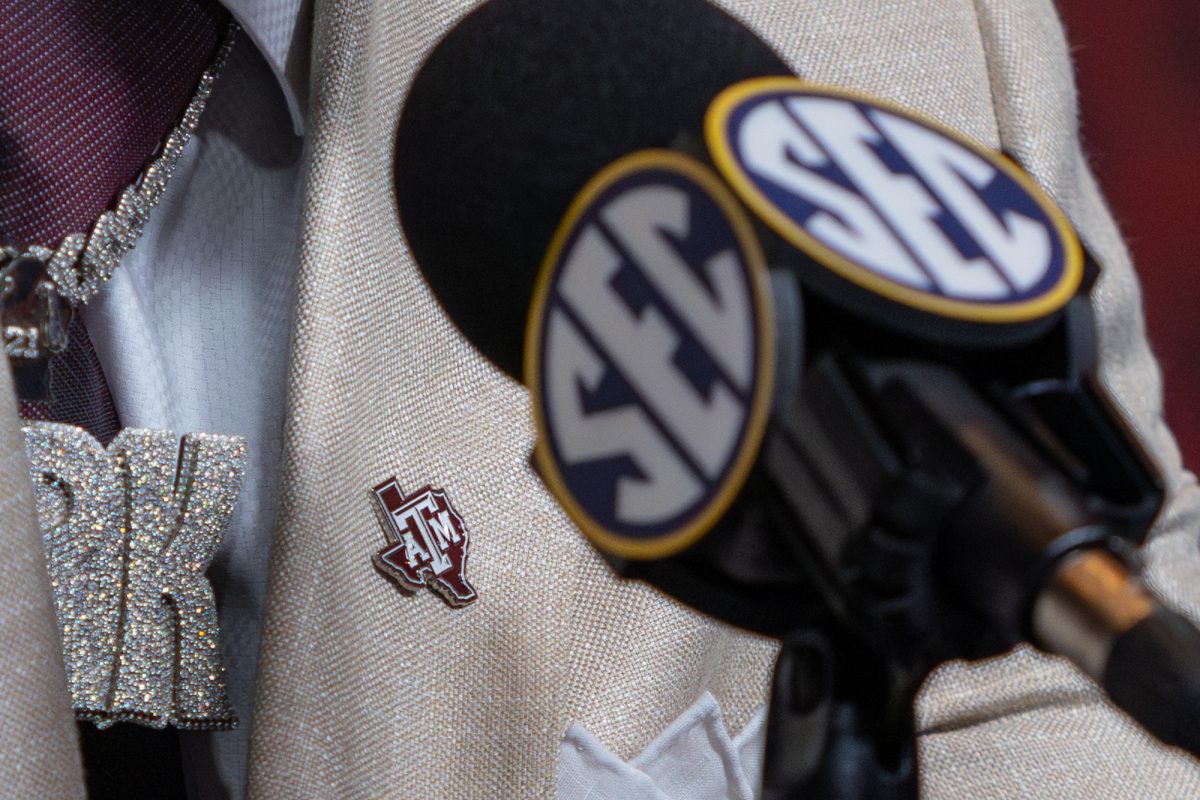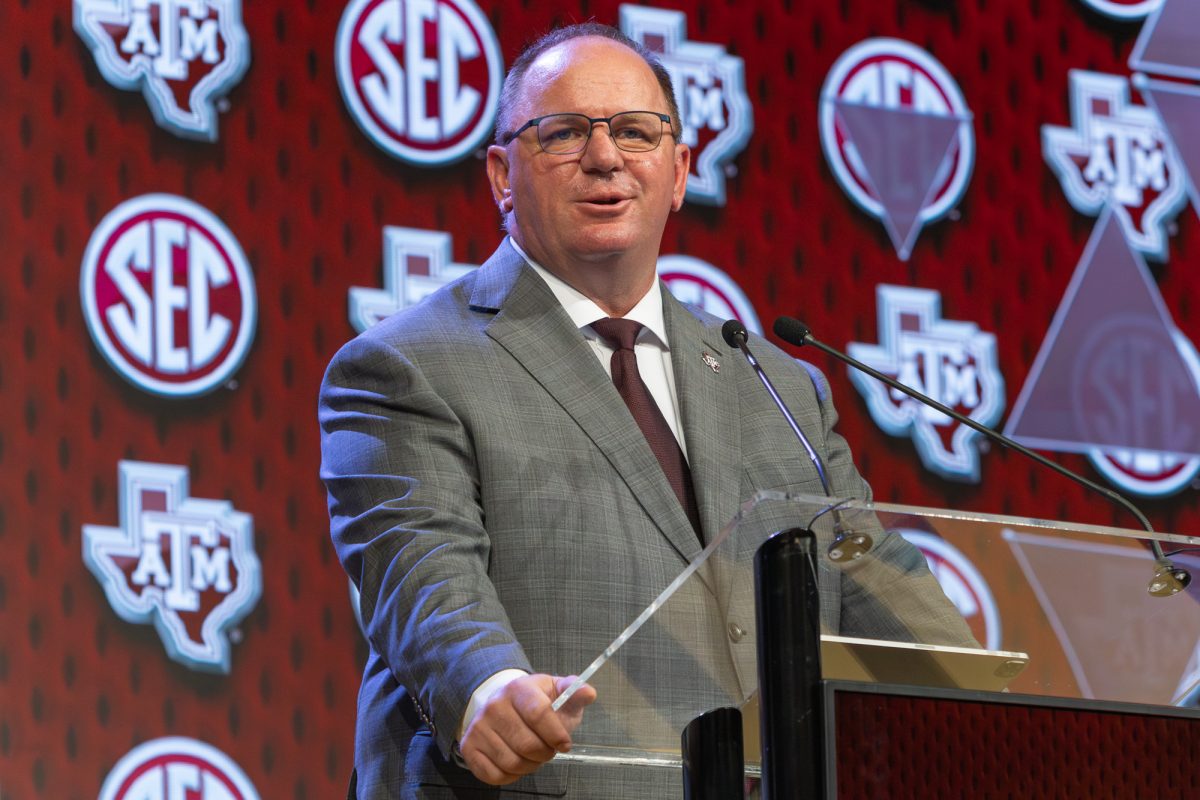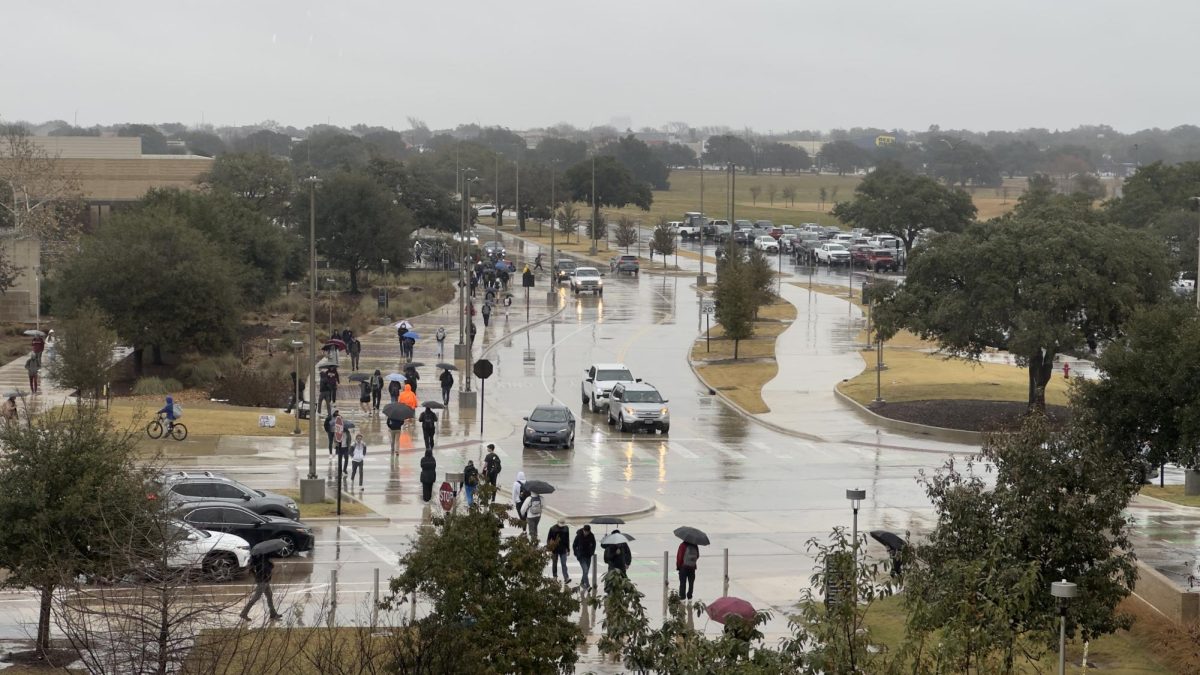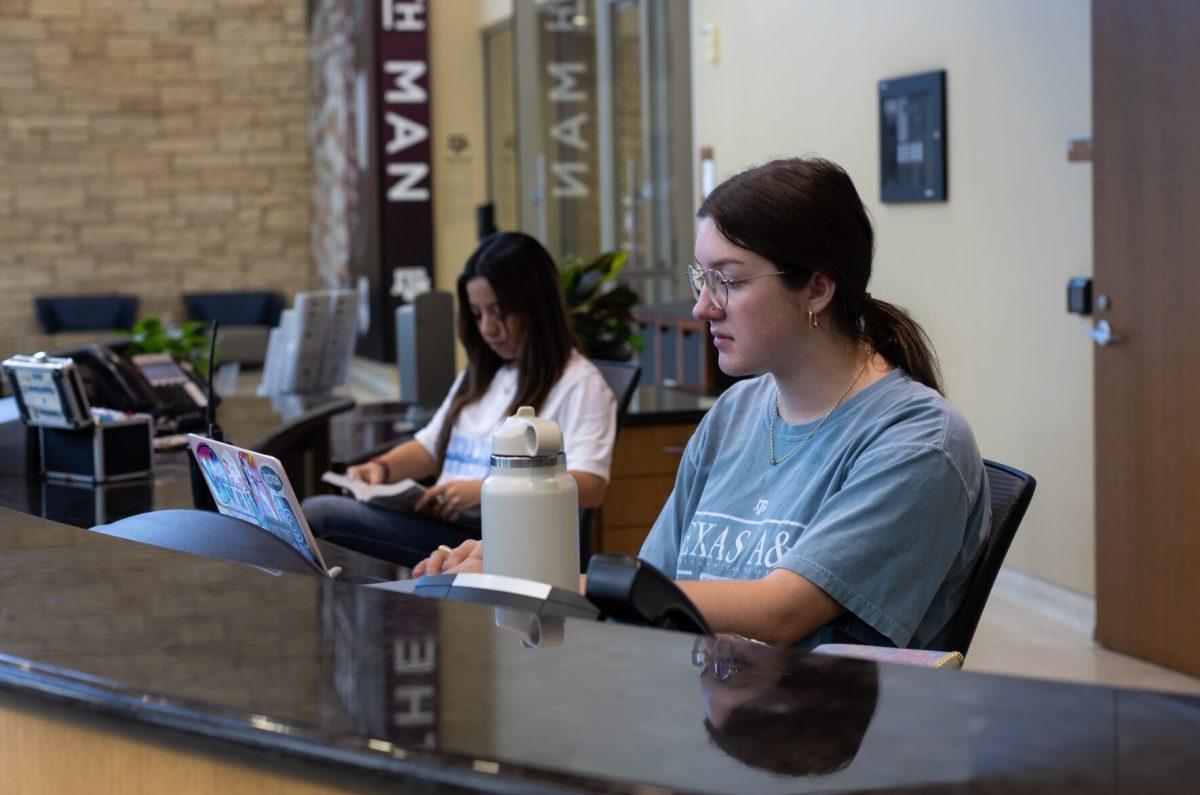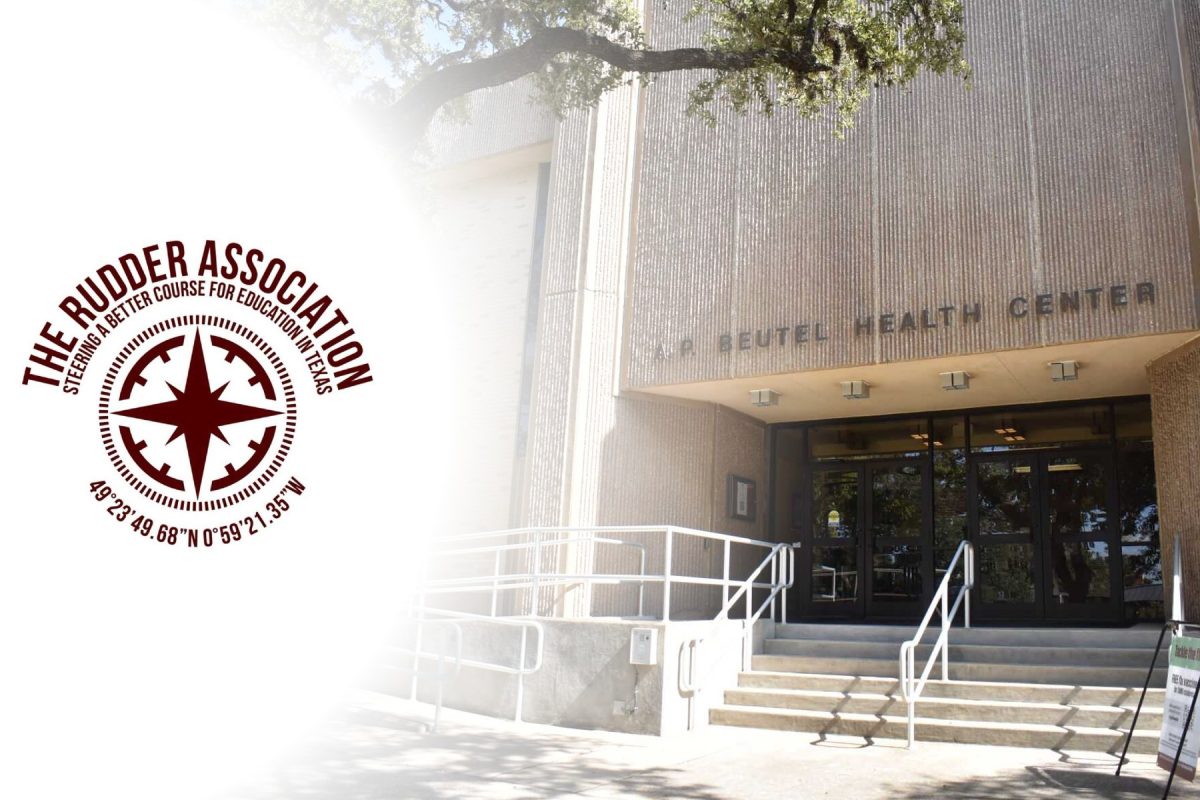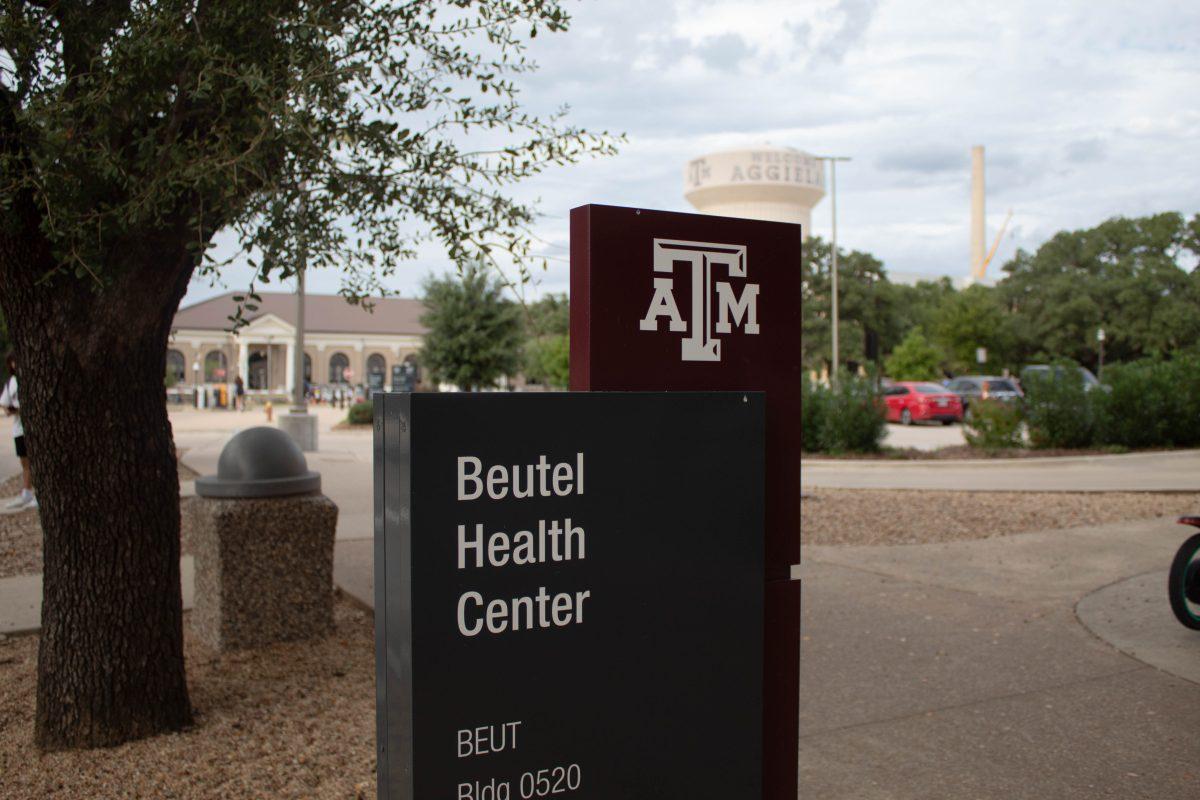Community leaders, students and Texas A&M officials gathered Tuesday morning as Oxford Economics announced their study results on what is shaping up to be one of the most significant topics of the fall semester: renovating Kyle Field.
The study focused on two things: what the possible economic and community impact would be if Texas A&M home football games were played away from College Station for one year; and on the current impact home games have on Brazos County.
The results rang deeply as Adam Sacks, president of Tourism Economics under the Oxford Company, laid out the facts.
$86 million dollars in business sales will be lost in one year, Sacks said. This would be a massive loss that cuts out almost three-fourths of the revenue that Texas A&M home football games generate.
In addition to this loss in revenue, a one-year stint spent away from Kyle Field by the Aggie team, Sacks said the loss would negatively affect local income and jobs.
$21 million dollars in household income would be lost in a single year, which equates to a loss of nearly 1000 jobs, Sacks said.
For the average student, the possible consequences of playing a season of Aggie football away from Kyle Field may only seem like a loss of tradition, but closer attention reveals a potential student job loss. The Oxford Economics study found that a significant amount of jobs that would be affected would be student jobs created from the revenue injected by home games. According to Sacks presentation, there is a more than 60 percent increase in student employment among local businesses during football season, and 80 percent of (local) profits are in the last three to four months of the year.
The Oxford Economics study found that the Universitys decision on whether to move Aggie football to a separate location while renovations take place would also have significant impacts on the governments and communities surrounding campus.
Sacks said almost every local industry is affected by Texas A&M football, from the restaurants lining University Drive, the hotels located on almost every street and corner and the multitude of retail, clothing, and service businesses scattered throughout the Bryan/ College Station area.
. On average each home game weekend rakes in about $17 million dollars, a revenue from sources as widely dispersed as spectators, team traveling and catering, and real estate. In a series of stakeholder focus groups that Oxford Economics put on to gather the input from local community and business leaders, a wide range of foreboding comments were gathered.
Moving A&M home games would be a self-induced recession , one business stated.
To better understand the consequences of moving A&Ms football season from the Bryan/-College Station area for at least one year, the study also presented the positive impact home football games have. The 2011 football season brought nearly $120 million into the University and local economies alone.
The dollar just doesnt stop once its spent, Sacks said. There is a $177 million dollars gross impact in one year when you take into account the indirect and induced impacts. That equates to 2,400 jobs supported by Texas A&M home football games.
Adding A&Ms Southeastern Conference debut, Sacks said the Universitys game-day potential becomes close to perfect.
It is projected that the SEC represents a potential 15 percent increase in spectators and 25 percent increase in spending that can be realized in a few years, Sacks said.
The presentations conclusion echoed what many of businesses surveyed thought of the idea of Kyle Fields potential closing.
Texas A&M should never consider taking away its main attraction for the Bryan-College Station area: A&M football. The total commerce is unbelievable. Dont give it to another city for any amount of time.
Football move means losses
September 26, 2012
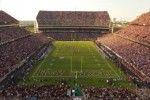
Donate to The Battalion
Your donation will support the student journalists of Texas A&M University - College Station. Your contribution will allow us to purchase equipment and cover our annual website hosting costs.




